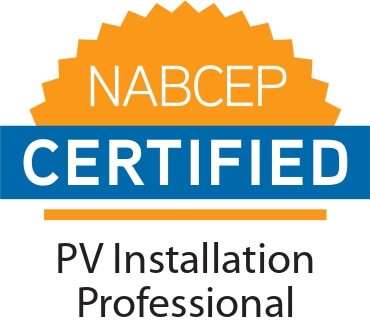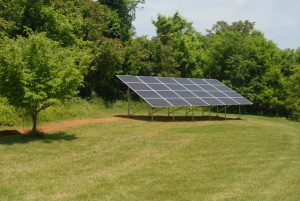In a recent post I wrote that an Electrician license alone – even a Master Electrician license – does not qualify you to design and install solar systems. I totally respect the fact that a Master license is a great achievement that requires significant experience and training, but it’s not solar specific. Some took exception to that position, but those are just the facts, in my opinion, and I think I have the experience and credentials to have that opinion.
Most states address this by requiring a building and an electrical permit to legally install a residential or commercial solar system. And in most cases, the plans have to be sealed by a licensed Professional Engineer.
But in many parts of West Virginia, as far as I can understand based on multiple inquiries to the Contractor Licensing Board, there are no clear licensing rules.
At Milestone, we have two licensed Master Electricians in our group, and I’ve worked with other Master Electricians as fill-ins, and I can tell you with total certainty that until you’ve received some formal training on solar systems, or on-the-job oversight from a trained and certified NABCEP installer, you’re not qualified to install all of the electrical components of a solar system, let alone design solar systems. There are many specific electrical issues that are quite unique to solar systems. And electrical is only part of the process. That’s not just my opinion. That’s according to NABCEP’s Job Task Analysis (JTA), spelling out in detail the areas their installer certification test covers and the percentage of questions for each area of expertise (Content Domain in the table below). Continue reading “What it takes to be a Qualified Solar Installer”









